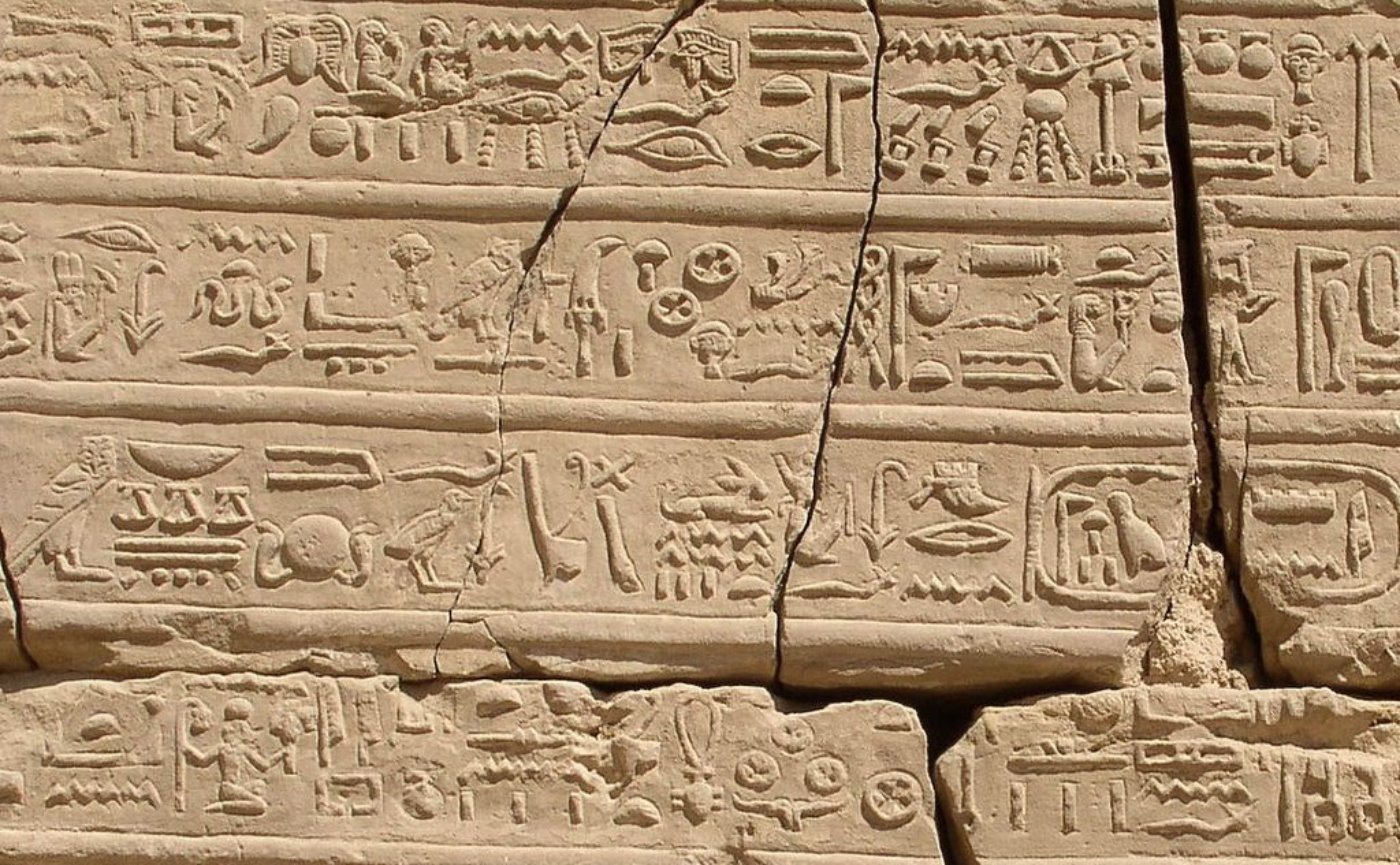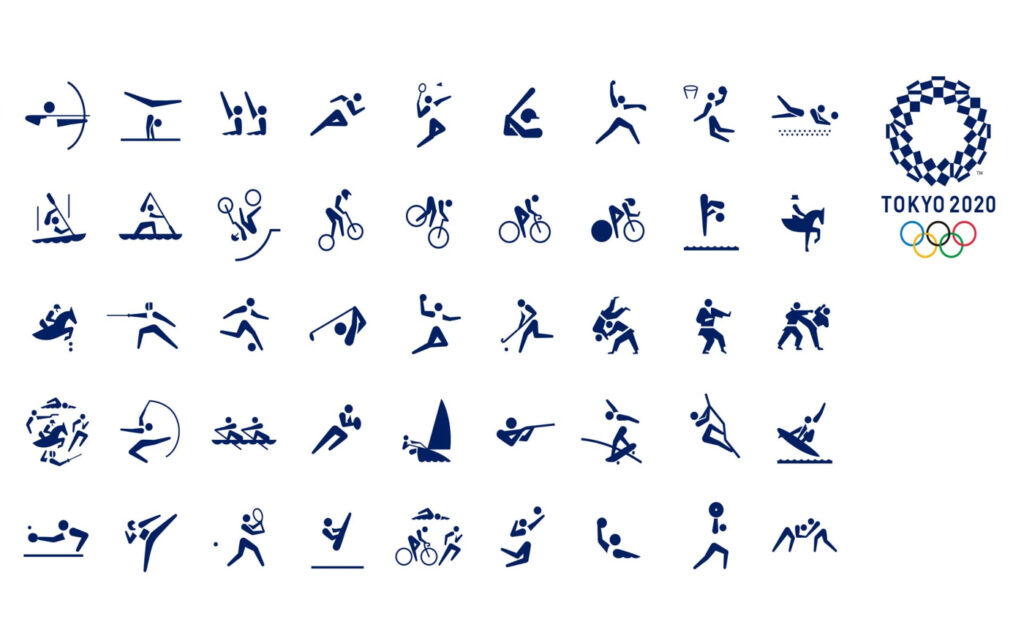Encryption and secret codes have been at the center of many processes throughout history. Winning wars and revolutions were made possible only by cracking secret codes and secret languages. But deciphering writings is also related to knowledge and cultural history. In the 19th century, long attempts were made to decipher the Egyptian hieroglyphics. Although the Egyptian script was not created as a secret language all knowledge about it was lost, and for about a thousand years the hieroglyph was completely mysterious until one stone was discovered that prompted an intellectual race to decipher the script on the assumption that this stone contained the key.
One of the most famous exhibits in the British Museum is called the Rosetta Stone. What is special about this exhibit is that it is the first key to deciphering the mysterious Egyptian hieroglyphics. Until the discovery of the Rosetta Stone in the late 18th century, no one in the modern world had any idea how to decipher the hieroglyphics. Until then the accepted thought was that each sign constitutes an ideogram and represents a whole term. Today in light of the broad linguistic knowledge it does not make sense but in the absence of context to the Egyptian text it was not possible to decipher any known script.
Then the stele was found, which was probably originally displayed in an Egyptian temple that was assumably destroyed by a Roman ruler at a time when non-Christian temples were destroyed. Early Christianity saw in the hieroglyphics as a forbidden idolatry and demolished them. The stone was probably transported and used as a building material in the city of El Rashid (Rosetta) and remained buried for centuries until French soldiers found it and realized its potential significance. Later on, after the defeat of French forces in Egypt the stone was transferred to British hands and thus reached the British Museum.
What’s unique about the Rosetta Stone is that it has the same text in three languages. One in the Egyptian hieroglyphs, the other in the Demotic languages, and the third, and perhaps most important, is Greek, in an ancient Greek language script that has not yet been forgotten. The translation process was not simple and took about 20 years to decipher. Part of the stone is broken and the text is full of jargon, and the hieroglyphs turns out to be very complex. While the number of letters in different languages is in the order of about 30, in ancient Egyptian script there are about 700 different signs. In Egyptian script some signs may represent a sound, abstract concept and an actual image. It all depends on the context. For example, various signs of birds appeared on the rosette stone, but in the Greek text there was no hint of birds, speed, flight or anything that a bird might represent. So, the task of deciphering was almost impossible.
Theoretically, the very combination of different scripts has a tremendous significance that may indicate the importance of the content written on the stone. However, it turns out that the content of the text itself did not contain particularly great secrets. The content deals with a decree on behalf of a cult of priests that was convened in Memphis that established the warship of Ptolemy V in the ninth year of his reign, in 196 BC and exempting the priests from tax for the kingdom, a type of tax exemption certificate from the tax authorities. A range of imperial decrees were found from that era. Yet the importance of this unique stele was a result of the historical fact that the group of Greek rulers who ruled the Egyptian territory made sure to issue decrees in several languages as a directive that is even explicitly stated on the stone itself. This proved very significant since it retained the key to deciphering the Egyptian script.
However, there are stela that have been found containing a mixture of Egyptian and Greek script which were completely unrelated to each other, so not every stele with mixed script was as important as the Rosetta Stone.
Although the Egyptian script survived for many years, about three thousand years. With the spread of the Christian religion and the Byzantine culture who demolished past cultures, the ancient Egyptian script was forgotten into the abyss of oblivion. During the Renaissance, mysterious myths emerged about the Egyptian script claiming that it contains the secrets of the world, of the high priests of Egypt. So, human curiosity about Egyptian writing and culture only intensified.
With the beginning of the decipherment it was still thought that the Egyptian script was an ideographic script but later the British scientist Thomas Young, to whom the first stage of the decipherment is attributed, discovered that the Egyptian script also includes a type of alphabet when indicating the names of foreign kings such as King Ptolemy who was of Greek descent. He noticed that certain elements in the Egyptian script were surrounded by a circle and assumed that they highlight the names of royalty who did indeed appear in their names in the Greek version, thus using those names in the Greek language as an anchor, the deciphering process began.
Some of the complications also stemmed from the fact that the content in the different languages is not 100% identical. But once parts have been deciphered the gate to deciphering the Egyptian script was opened.
In retrospect we know today that Young had some errors but in general he was accurate and enabled the progress of the research. Later on, after several deciphering failures, Young’s work was sent to linguist Jean-Francois Champollion, who himself was fluent in 12 languages and since childhood saw the Rosetta Stone and dreamed of deciphering it. He discovered that the Egyptian hieroglyph is in fact an alphabet used not only to write the names of foreign rulers but that an alphabet exists as part of the ancient Egyptian script itself, with the images themselves being part of it. This enabled the ability to start reading the Egyptian script which is basically a combination of phonetic alphabet and images.
For example the word “meow” in the Egyptian language indicates a cat and is incorporated of alphabet that produces the sound of the word “meow” plus an image of a cat. The complexity is that there are phonetic alphabetic letters that look like images while in one context they function as an image and in another context function as a phonetic alphabetic letter. And this combination of images and sounds complexity delayed decoding and readability.
Once the key was discovered, suddenly 3000 years of Egyptian inscriptions became understood and readable and great cultural wealth was revealed in a fairly short time.
As a result, the Rosetta Stone became an icon and a symbol for deciphering, translating, and discovering of new things.
The stone itself is, by far, the most popular exhibit in the British Museum. It expresses humanity’s experience of discovering cultures. It become a subject for novels, comics as well as the British Museum’s most popular merchandise. The well known Rosetta spacecraft probe launched in 2004, named after the Rosseta Stone explored and landed on a comet 10 years later, and also expresses in its name the symbolic meaning of a philological decipherment and discovery of such an ancient exhibit in demonstrating the human imagination and vision.
The term “Rosetta Stone” has become a common phrase that expresses decipherment or significant discovery and is commonly used as such. For example, the genome decoding millstone has been referred to as the Rosette Stone of Immunology, so did major discoveries in the fields of space medicine and biology.
The “Rossetta” translation software which was developed for the localization of software and many other translation related products and companies are named after the famous stone. And the Rosetta Project for collaboration between speakers of different languages for the purpose of producing a multilingual database of extensive human information inspired by the same ancient Rosetta Stone. Today the information of the project includes hundreds of thousands of pages in about 2,500 languages.
The combination of an ancient mysterious language deciphered by an equally mysterious stone has triggered the imagination of mankind for centuries and still serves as an inspiration for future discoveries.





















